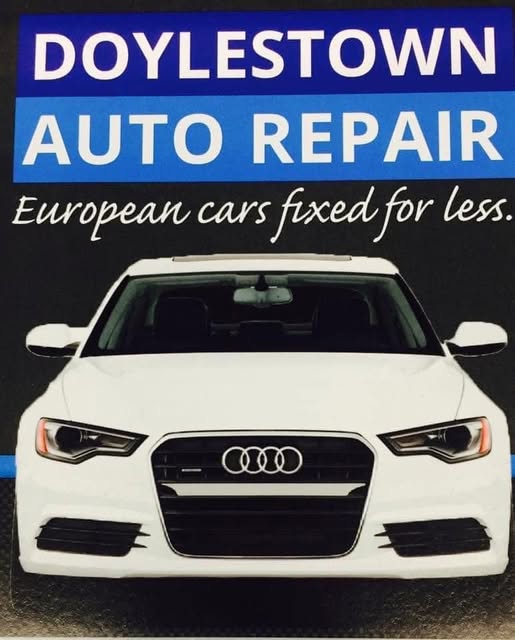In my experience with car bodywork repair, I’ve discovered that mastering the art can be both rewarding and challenging. I want to share what I’ve learned over the years about the techniques that lead to a flawless finish. Whether you’re a seasoned professional or a DIY enthusiast, understanding the nuances of car bodywork repair is crucial for restoring vehicles to their former glory.
I’ve been researching various methods and practices in car bodywork repair, and I’ve found that having the right knowledge and tools can make all the difference. In this article, I’ll walk you through essential techniques that I believe are key to achieving exceptional results.
Introduction to Car Bodywork Repair
When I first started in the field of car bodywork repair, I was overwhelmed by the vast amount of information available. It wasn’t until I began to dive deep into specific techniques that I started to feel confident. I’ve learned that understanding the structure of a vehicle and the materials used in its construction is fundamental to effective bodywork repair.
One of the first things I recommend is to familiarize yourself with the different types of damage that can occur, from minor dents to major collision repairs. Each type of damage requires a unique approach and set of tools. I’ve seen that being well-prepared with knowledge can save time and ensure a professional finish.
Essential Tools for Car Bodywork Repair
In my opinion, having the right tools is crucial for successful car bodywork repair. Over the years, I’ve accumulated a toolkit that I consider indispensable. Here are some of the essential tools I use regularly:
Basic Tools for Car Bodywork Repair
I’ve learned that the basics are often the most important. A good hammer, a set of pliers, and a variety of screwdrivers are foundational for any repair job. I can’t stress enough how important it is to have a quality body hammer; it can make a significant difference when working on dents and shaping metal.
Additionally, having a reliable set of sanders and grinders is vital. I always keep multiple grades of sandpaper on hand for different stages of the repair process. Trust me; this can save you a lot of headaches later on.
Advanced Tools for Car Bodywork Repair
As I gained more experience with car bodywork repair, I invested in more advanced tools. A MIG welder has been a game changer for me, especially for structural repairs. The precision and strength of a good weld can significantly enhance the durability of the repair.
I also recommend a paint sprayer for those looking to achieve a professional finish. I’ve found that using a sprayer can ensure even coverage and a smooth finish, which is essential for any automotive paint job.
Common Techniques in Car Bodywork Repair
Throughout my journey in car bodywork repair, I’ve encountered several techniques that every repair person should know. Here are a few that I find particularly useful:
Panel Beating Techniques
One of the first techniques I mastered was panel beating, which is essential for reshaping metal panels. I’ve learned that using a combination of hammers and dollies can produce remarkable results when dealing with dents or creases. The key is to work slowly and methodically, gradually working the metal back into its original shape.
From my experience, patience is crucial. Rushing through panel beating can lead to wavy surfaces that will be difficult to fix later. I always take my time to ensure a smooth, even finish.
Filler Application Techniques
When I first started applying body filler, I made several mistakes. I’ve found that the secret to a flawless finish lies in the application technique. I recommend mixing the filler according to the manufacturer’s instructions and applying it in thin layers. This approach minimizes the chance of cracking and ensures better adhesion.
After applying the filler, I always wait for it to cure fully before sanding. I’ve learned that this patience pays off in the end, leading to a smoother finish that requires less correction.
Tips for Achieving a Flawless Finish in Car Bodywork Repair
Achieving a flawless finish in car bodywork repair is an art that requires practice and attention to detail. From my experience, here are some tips that can help elevate your work:
Preparing the Surface
I’ve discovered that surface preparation is half the battle. Before I start any repair, I ensure that the area is clean and free from rust or old paint. I use a degreaser and sand the area to create a rough surface for better adhesion.
This step is often overlooked, but I can assure you that it makes a significant difference in the final outcome. Taking the time to prepare the surface properly can save you from dealing with peeling or bubbling paint later on.
Choosing the Right Paint
I recommend investing in high-quality automotive paint for the best results in car bodywork repair. I’ve found that the type of paint you choose can affect the durability and appearance of the finish. Always consider the color match and type of finish you want to achieve.
Additionally, I make it a point to apply multiple thin coats of paint rather than one thick coat. This technique not only prevents runs but also helps achieve a more even color saturation.
References and Resources
Throughout my research on car bodywork repair, I’ve found these resources incredibly valuable. I recommend checking them out for additional insights:
Authoritative Sources on car bodywork repair
-
National Highway Traffic Safety Administration
nhtsa.govThis government website provides guidelines and safety information related to vehicle repairs, including bodywork.
-
National Institute for Automotive Service Excellence
ase.comA professional organization that certifies automotive technicians, providing valuable resources for best practices in car repairs.
-
Collision Repair Magazine
collisionrepairmag.comThis publication covers industry trends, techniques, and innovations in the collision repair sector.
-
I-CAR
i-car.comA leader in training and certification for collision repair professionals, offering resources and courses.
-
Automotive Press
automotivepress.comOffers insights into automotive journalism, including repair techniques and industry updates.
-
Cars.com
cars.comA comprehensive guide to car buying and repair, including a wealth of information on bodywork.
-
Hagerty
hagerty.comA resource for classic car enthusiasts, offering insights into restoration and bodywork techniques.
-
Automotive.com
automotive.comA reliable source for automotive news and repair tips, including bodywork.
Frequently Asked Questions
What is the best way to start with car bodywork repair?
In my experience, it’s essential to start with understanding the basics of vehicle bodywork. I recommend taking a course or watching tutorials to get familiar with the tools and techniques. Also, practicing on less valuable vehicles can give you the confidence to tackle more significant repairs.
How can I ensure a professional finish in my car bodywork repair?
I believe that achieving a professional finish requires attention to detail. Proper surface preparation and using quality paint are crucial steps. I always apply multiple thin coats and allow each to dry completely before adding the next. This technique has helped me achieve a flawless look.
What common mistakes should I avoid in car bodywork repair?
I’ve found that one of the most common mistakes is rushing the repair process. Taking your time to properly prepare the surface and allowing materials to cure can prevent many issues later. Additionally, not using the right tools can lead to subpar results.
How long does car bodywork repair usually take?
The time it takes for car bodywork repair can vary widely based on the extent of the damage. In my experience, minor repairs might take just a few hours, while more extensive work could take several days. Always allow extra time for paint to cure and for final touch-ups.
Conclusion
In conclusion, my research on car bodywork repair has shown me that patience, preparation, and the right techniques are essential for success. I hope this guide helps you navigate the world of bodywork repair and achieve the flawless finish you’re aiming for. Based on my experience, the more you practice and learn, the better your results will be!
267-279-9477
Find out more information about “car bodywork repair”
Search for more resources and information:


